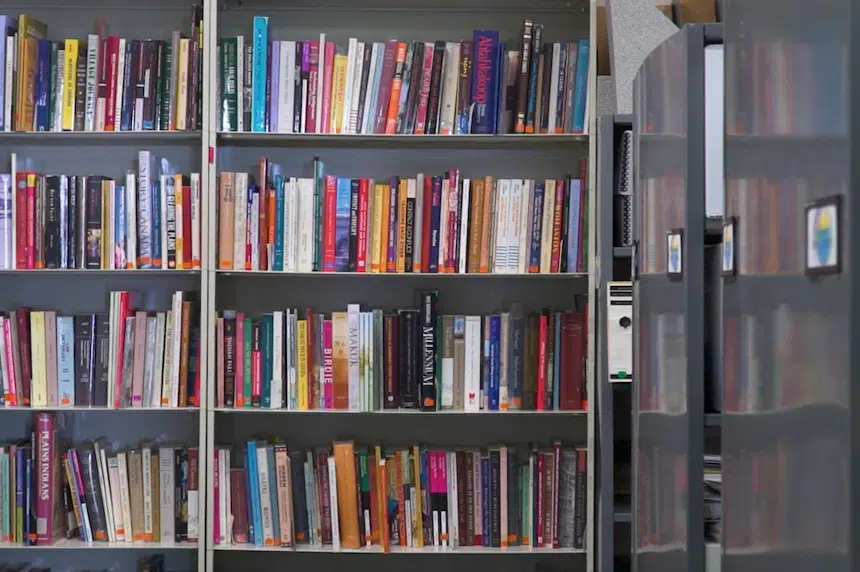It took 32 years to complete, but the Office of the Treaty Commissioner (OTC) has opened its archive, full of materials dedicated to Treaty across Canada.
The new, physical space is located at the office space of the OTC in Saskatoon and contains resources on treaties Two, Three, Four, Five, Six, Eight and 10, along with Canada’s pre-Confederation and post-Confederation Treaties.
Sheldon Krasowski, the research and archives co-ordinator for the OTC, said it was the dream of Mary Culbertson, the current Treaty Commissioner.
“The collection actually started in 1989, so this is the collection of all of the Treaty Commissioners for Saskatchewan, beginning with Cliff Wright in 1989 and continuing on to present day, the current Treaty Commissioner, Mary Culbertson,” he explained Thursday.
Krasowski said Culbertson wanted the collection to be organized, catalogued and made available to the public.
Moving in the materials and preparing the physical space took a little more than a year, according to Krasowski, who added that secondary sources, archivable resources and an oral history collection are also available within the space.
“We have a physical space and we have a reading room as well. We’re hoping that very soon, people can come into our office and request materials (and) view them. Our entire collection is Treaty-related. We have the largest collection of Treaty-related documents in Canada,” he said.
Currently, there are protocols that allow people to physically go in and explore the archives, but officials are allowing people to call ahead or email ahead and pick up materials due to the pandemic.
Krasowski said it was a group effort to put the archives together, and interest within Treaty has grown.
“Especially with reconciliation, within the last few years, we’ve had a lot of non-Indigenous Canadians reaching out. There’s a real hunger for information about Treaties, and about Treaty history,” he said.
“Treaties are complicated. It’s difficult to look into them, and so it’s great to have an archive space, a library that’s dedicated to Treaties. It’s really a balance of resources for Indigenous and non-Indigenous. It takes two nations to make a Treaty.”
He added this includes all Treaties throughout Canada, but also information as to how they are all related.
“We are all Treaty people, and the records are reflected in it. That’s kind of the vision that the elders had with the materials that have been collected since 1989, that they would really reach out and cover all areas of Treaty history,” he said.











